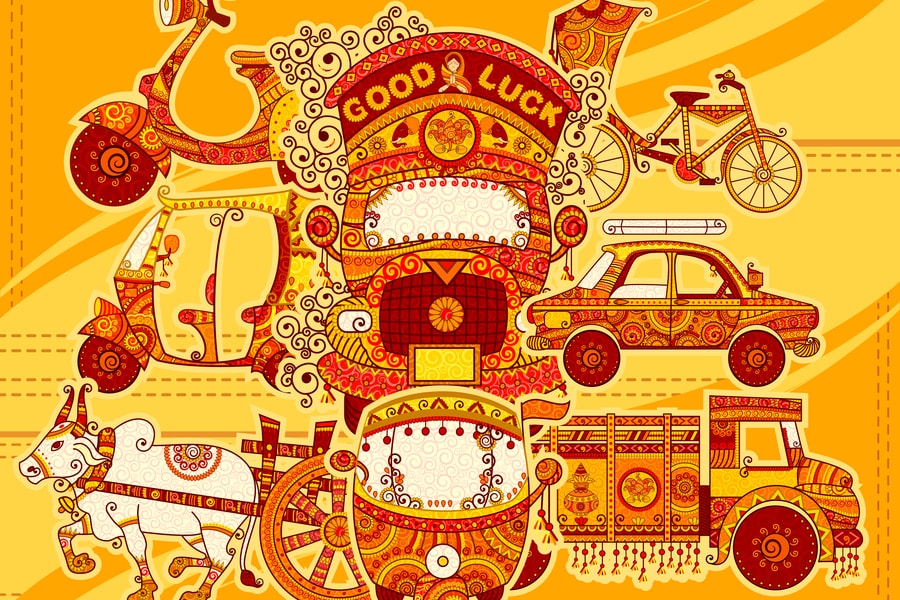
Storyboard 18 - New-age D2C brands are fuelling demand for product designers
Indian product design sector that was mostly catering to international clients, now has abundant business in India. Thanks to the growing Direct to Consumer (D2C) brand space and their focus on giving users a seamless interface
 A recent report by the Confederation of Indian Industry (CII) says the design industry in India was worth Rs 18,332 crore in 2020. Image: Shutterstock
A recent report by the Confederation of Indian Industry (CII) says the design industry in India was worth Rs 18,332 crore in 2020. Image: Shutterstock
In the past few years, D2C commerce in India has seen massive growth across sectors. Be it food, fashion, beauty, FMCG, BFSI or fitness, these D2C brands have diverted a significant chunk of resources and budget on product design, giving homegrown players in the space a huge push.
Experts suggest brands are ready to shell out anything between Rs 15 lakh to upwards of Rs 50 lakh on product design to ensure a seamless and engaging customer experience. They also suggest that with the increase of demand for consumer tech brands since the onset of the pandemic, there has also been a 50 percent increase in demand for services of design studios and agencies on nuanced and high-impact projects.
The design talent in India that was mostly catering to international clients now has ample business from homegrown brands. Some of them include the likes of Urban Company, Myntra, Unacademy, Cure Fit, Cred and others.
“The demand for designers across all fields is at an all-time high—from product and packaging design to user interface and experience (UI/UX) design. We are seeing traditional Indian brands now embracing the edge that a good design team or agency brings on board,” says Siddharth Devnani, co-founder and director at marketing agency SoCheers.
According to Devnani, the growth in the design sector is fueled by the growing number of startups in the country. “From organisations like Zomato and Paytm doing this on digital platforms to likes of The Souled Store and Bewakoof doing this with their products, we are truly in an era that's getting designed for India rather than imported in, or worse, copied from foreign brands,” he says.




